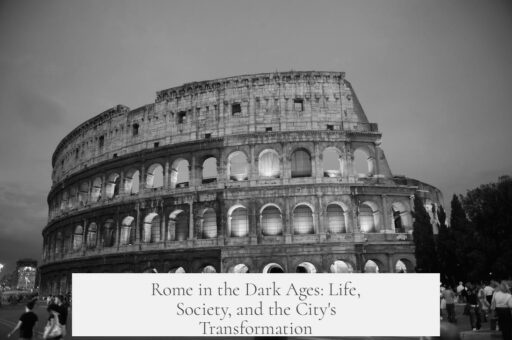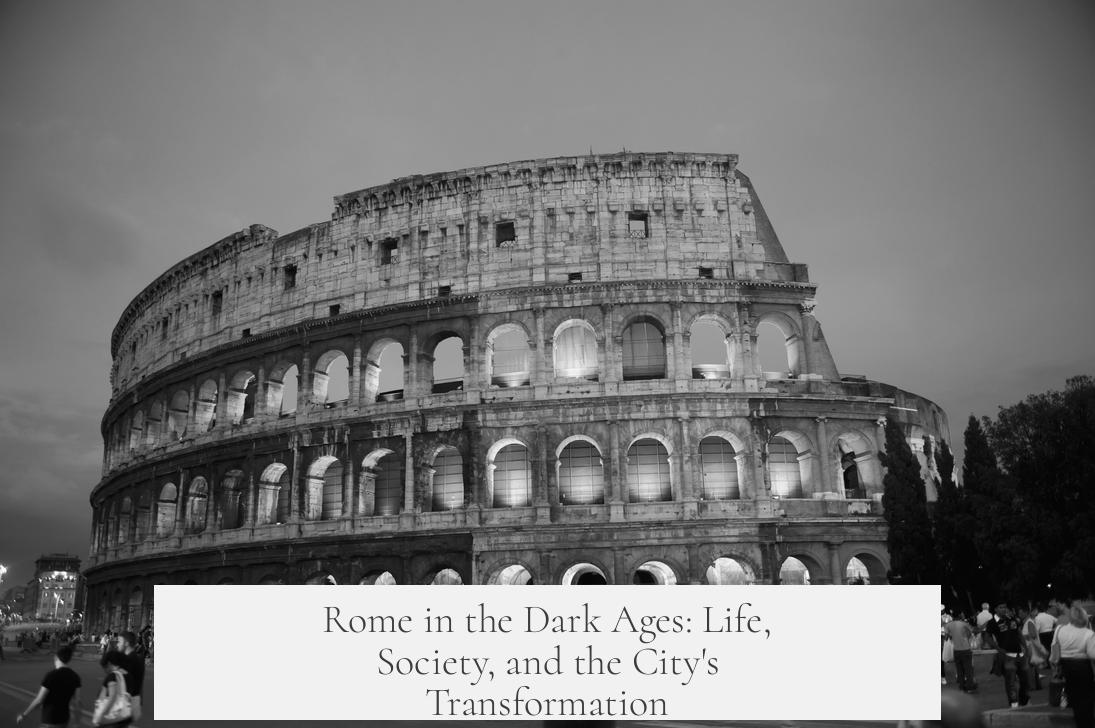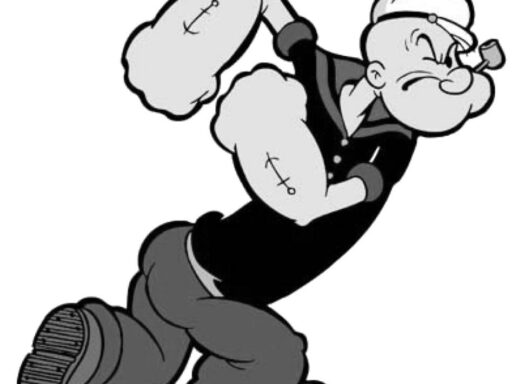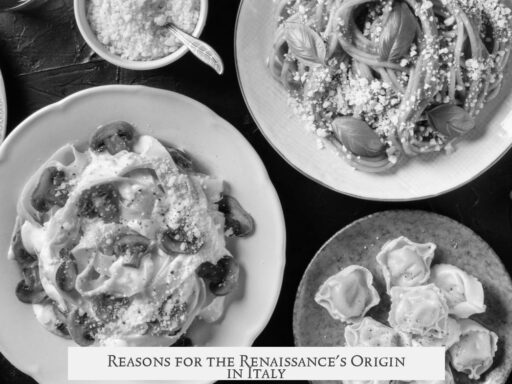During the Dark Ages, Rome experienced significant transformation marked by population loss, changes in urban structure, and a shift in social dynamics, yet remained an important center in medieval Europe.
The city’s population plummeted after the Gothic Wars in the mid-6th century, falling by about 75-90% from its late Roman peak. Population estimates highlight this decline clearly:
- At its height in the 2nd century, Rome held between 500,000 to 1.5 million residents.
- By the late Roman period (4th to early 6th century), numbers dropped to between 200,000 and 500,000.
- After the Gothic Wars, mid-6th century, the population sharply fell to an estimated 20,000 to 50,000.
- During the Early Medieval period (7th to 10th century), population stabilized around 20,000 to 30,000.
This decline drastically altered settlement patterns. Traditionally, historians claimed that broken aqueducts forced residents to abandon areas distant from the Tiber River, concentrating populations in the Campus Martius area. Maps from the 16th and 18th centuries reflect this cluster near the river. However, recent archaeological work reveals continuous occupation throughout Rome, including the monumental center. For example, a notable two-story stone house was constructed in the Forum of Nervae in the 9th century, contradicting earlier assumptions. Papal efforts to rebuild some aqueducts extended to about the 8th century, supporting a more distributed urban presence than once thought.
Despite sharp population losses, Rome remained one of Europe’s largest cities. Only Constantinople and Córdoba—each with populations over 200,000—were notably larger. Rome’s population did not decline further until after 1000 CE, as other medieval cities grew.
The physical environment of Rome in this period was a blend of decaying monuments and adapted living spaces.
- Major ancient structures like the Colosseum, forums, temples, and basilicas mostly survived intact into the 9th century.
- A severe earthquake in 847 caused the partial collapse of the Basilica of Maxentius and damaged others.
- Flooding gradually raised ground levels inside the Forum, depositing mud and debris that today requires visitors to descend pathways to reach original structures.
- Housing was primarily wooden and built within, alongside, or atop ruins from the Roman high period.
- A few aristocrats maintained two-story stone houses, indicating social stratification.
- Much city land within the vast walls was converted to agricultural use or pasture, creating a hybrid urban-rural environment.
The medieval period spared Rome’s monuments from the extensive damage seen later during the Renaissance, when builders systematically scavenged ancient ruins for materials.
Socially and politically, Rome maintained significance through religion and governance.
- Rome remained a major pilgrimage destination, attracting visitors due to its numerous churches and tombs rather than its pagan heritage.
- The artisanal community persisted but was limited by scarce commerce, which reduced permanent employment opportunities for craftsmen.
- Evidence from 8th and 9th-century churches shows ongoing artistic activity.
- Local aristocratic families, possibly descended from late Roman senators, played significant roles in civic affairs, influencing papal elections and the emergence of the Roman commune.
Walking through Rome around 700 CE, one would find a city of mostly intact monuments surrounded by wooden dwellings on dirt paths. Aristocrats lived in sparse stone houses. Within the city’s walls, farms and pastures contributed to a semi-rural atmosphere. Old St. Peter’s Basilica stood well maintained and remained the largest cathedral in Western Europe for centuries. Still, environmental challenges existed, such as poor drainage and flooding, which increased mosquito populations.
| Aspect | Details |
|---|---|
| Population | Declined from ~1 million to ~20,000–30,000 (6th–10th century) |
| Urban Settlement | Clustered near Tiber (Campus Martius), but continuous occupation elsewhere |
| Monuments | Mostly intact; damaged partly by 847 earthquake and later Renaissance builders |
| Housing | Wooden houses intermixed with ruins; few stone aristocratic houses |
| Economy | Limited commerce; small artisanal community |
| Social | Active aristocracy; prominent religious pilgrimage center |
- The Gothic Wars caused a massive population collapse in Rome.
- Despite losses, Rome remained a major medieval city for centuries.
- Settlement patterns evolved from dense urban to semi-rural clusters within city walls.
- Ancient structures mostly survived until renewed damage in Renaissance times.
- The city preserved religious importance through pilgrimage and ecclesiastical power.
Exploring Rome in the Dark Ages: What Was the City Really Like?
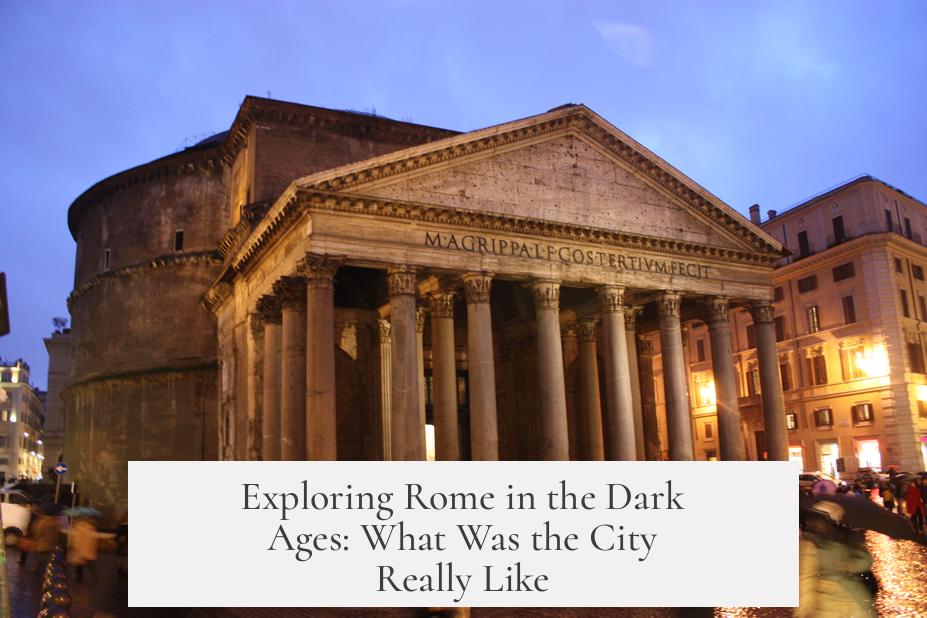
Rome in the Dark Ages was a city transformed yet stubbornly alive—a shadow of its former imperial self but far from extinct. You might imagine a ghost town where grandeur crumbled and silence reigned. But the story is richer, revealing a city holding on through ruins, floods, and shifting power. Let’s stroll through time to uncover Rome’s dark yet fascinating medieval identity.
First, brace yourself for a massive population plunge. After the brutal Gothic Wars around the mid-6th century, Rome’s populace nosedived from a bustling 200,000-500,000 (already down from its 2nd-century peak of over a million) to a meager 20,000-50,000. That’s a shocking 75-90% drop. Imagine a city once teeming with life now almost emptied, like someone hit the mute button on civilization.
Still, even at 20,000 souls, Rome ranked among the largest European cities—bigger than London or Paris back then. Only Constantinople and Cordoba outpaced it. This indicates something essential: Rome refused to fade quietly into obscurity.
Where Did the People Live? Clinging to the Tiber’s Embrace
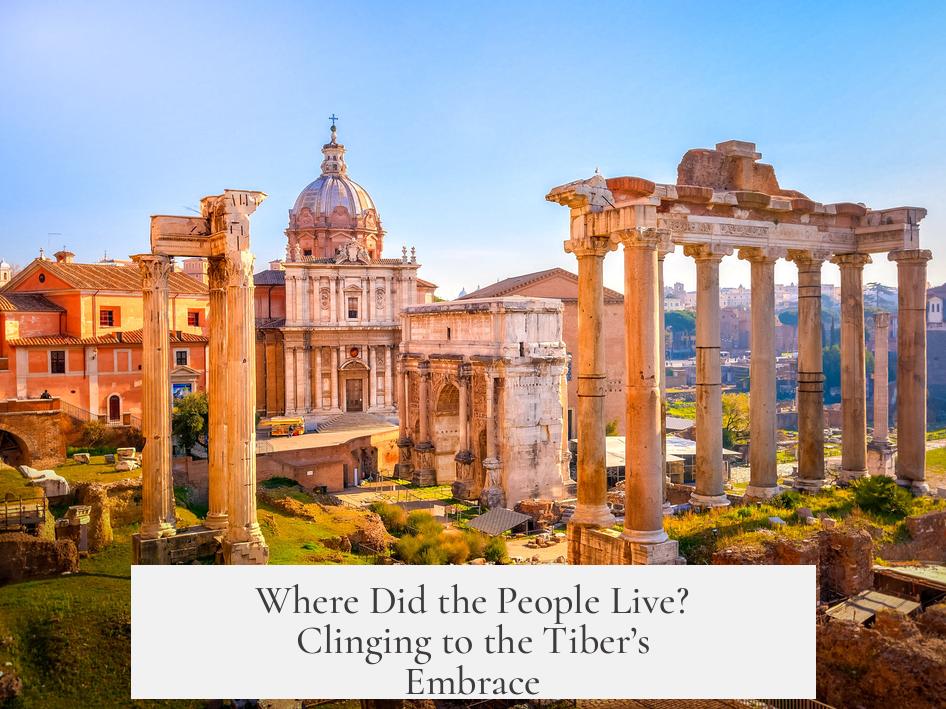
Legend paints a bleak picture of the city after its aqueducts broke during the Gothic War. The population supposedly abandoned far-flung districts, huddling tightly around the Tiber River, specifically the Campus Martius. Buffalini’s 1551 map and Nolli’s map two centuries later reflect this clustering.
But recent digs challenge this neat story. Archaeologists uncovered signs of continuous occupation across Rome, even in the monumental heart of the ancient empire. One highlight? An 800s two-story stone house in the forum of Nervae—quite posh for those medieval standards.
Papal efforts to rebuild some aqueducts until the 8th century helped support this scattered, low-density urban life. Until then, Rome resembled a mosaic of urban villages, with living spaces stretching beyond the riverbank cluster. Only by the Carolingian era does the population gather more firmly around Campus Martius, aligning with shifts in papal authority.
Monumental Rome: A City of Standing Giants and Muddy Streets
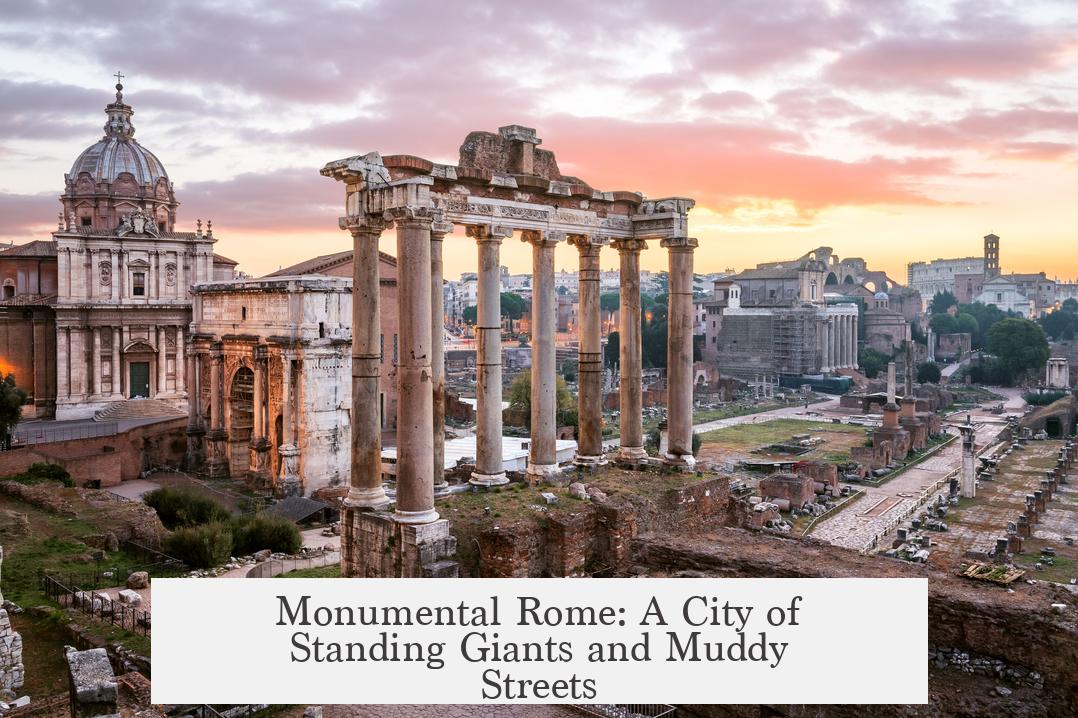
If you pictured Roman monuments reduced to rubble, think again. By the 9th century, most historic marvels—forums, temples, the Colosseum, major basilicas—stood mostly intact, though hollowed inside. For instance, the Old St. Peter’s Basilica remained the largest cathedral in Western Europe for five more centuries, a beacon of medieval prestige.
The cityscape, however, changed. Floods and centuries of neglect raised the ground level, especially inside the Forum. Visitors today still walk down a long path to peer into these sunken ruins. And the 847 earthquake didn’t help, toppling half the Basilica of Maxentius and mugging some other monuments with heavy damage.
Housing reflected this time of transition. Most folk lived in wooden huts built near or inside the crumbling ruins. Aristocrats seemingly had better taste—they favored sparse but sturdy two-story stone houses, like the one in Nervae’s forum.
Intriguingly, much of the city inside the vast ancient walls turned half-urban, half-rural. Farms and pastures sprouted amid the ruins. Picture sheep grazing next to the ruins of imperial power—Rome’s unique blend of civilization and wilderness.
The Social Pulse: Pilgrims, Artisans, and Power Players
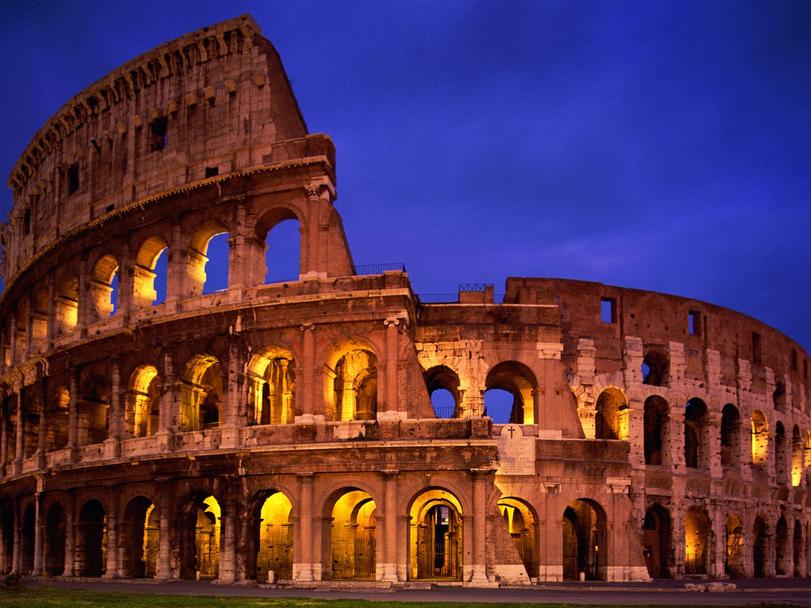
Despite the hardships, Rome never lost its spiritual magnetism. It remained one of Europe’s premier pilgrimage capitals. Medieval visitors didn’t come to marvel at the old pagan monuments but flocked toward churches and tombs. To them, Rome was the city of Christian relics, not just ancient stones.
The city hosted a modest but resilient artisan community, although commerce took a hit. The market couldn’t sustain a large permanent artisan class, yet evidence from 8th and 9th-century churches reveals bursts of artistic creativity in church decorations.
Politically, local aristocratic families—many descendants of the ancient Roman senatorial class—remained influential. They played crucial roles in church politics, papal elections, and later, the establishment of the Roman commune. So power did not vanish with population decline; it evolved.
A Walk Through 700 CE Rome: Then and Now

Imagine stepping onto the dirt-paved paths of medieval Rome. You pass wooden, single or double-room houses nestled beside ancient ruins and glimpse a few stone-built homes of aristocrats. Monuments loom, weathered but still imposing. Mosquitoes buzz in the air—flooding and poor drainage made breeding grounds aplenty.
Farms and pastures peek inside massive city walls. This rustic touch contrasts sharply with the towering basilicas and crumbling forums. The city is simultaneously a symbol of fading glory and stubborn resilience.
The Renaissance Misstep: Looting Ancient Rome
Curiously, the major damage to Rome’s ancient monuments didn’t occur in the Dark Ages but during the Renaissance. Builders systematically quarreled the ruins, tearing them down for building materials. The City of Seven Hills endured better in neglect than in its rebirth as a construction quarry.
What Does This Mean for Rome’s Legacy?
So, what’s the takeaway? Rome in the Dark Ages was far from a dead city; it was a living, breathing organism adapting to catastrophic change. It experienced dramatic population loss, but maintained stature among medieval cities. Homes integrated ancient ruins, and social life revolved firmly around Christianity and aristocratic governance.
It challenges the cliched image of a dark, silent Rome and presents a nuanced mosaic—urban villages blending with past grandeur, pilgrimages sustaining the spirit, and power quietly bubbling beneath the ruins’ shadows.
Next time you wander the Roman Forum or walk down Via Sacra, remember: This was once a city balancing history’s weight with medieval grit. Rome’s Dark Ages are not about darkness alone but enduring light in dim times.
What happened to Rome’s population after the Gothic Wars?
Rome’s population dropped by about 75-90% after the Gothic Wars in the late 500s. It fell from hundreds of thousands to roughly 20,000 to 50,000 people. Despite this, Rome remained one of Europe’s larger cities during the early medieval period.
How was the city of Rome physically structured during the Dark Ages?
Many ancient monuments stayed intact, but interiors were often empty. Wooden houses were built near or inside ruins. Some aristocrats lived in small stone houses. Large parts of city land became farmland or pastures within the city walls.
Where did most people live within Rome during the early medieval period?
Traditionally, people were believed to cluster around the Tiber River at Campus Martius. However, new evidence shows low-density settlement spread throughout the city, including important areas like the Forum, until the 8th century when the population shifted more firmly to Campus Martius.
What role did religion play in Rome during the Dark Ages?
Rome remained a major pilgrimage center, attracting visitors to its many churches and holy sites. The city was seen as a center of Christian faith rather than its ancient pagan heritage during this time.
How did the local aristocracy influence Rome’s politics in the Dark Ages?
Local aristocratic families, likely descendants of Roman senators, stayed active in city politics. They played key roles in papal elections and laid the groundwork for the emergence of the Roman commune later in the medieval period.
